Our trip now shifts from the Modern History classroom to Ancient History as we visit the ancient ruins of Troy, Pergamon and tomorrow, Ephesus.
My knowledge of Troy stopped at the Trojan Horse, so it’s been great to fill in some big gaps with the help of a great guide, Mohamet.
The City of Troy is actually nine cities that were built on top of each other from 3000BC to 500AD. The building materials in the early periods were mud brick, so each time an earthquake struck or some other major event occurred, the city was knocked down, and a new one built on top of it. This means that as archaeologists have excavated the hill, they have found the ruins of older cities at each stage.
Ancient engineering is always fascinating, as the people of the day sought solutions to their biggest challenges. For the people of Troy, there were two major threats – earthquakes and invasion.
After the first cities were destroyed by earthquakes, there was a shift to the use of keystones – 6-sided, L-shaped blocks that locked together in the event of an earthquake, and strengthened the structure.
Every ancient city had an amphitheatre or odeon, so Troy actually had a couple over time. These amphitheatres provide important clues as to the size of the city, as they were generally built to hold 10% of the cities population. The 4000 seat theatre tells us that Troy was home to 40 000 people – a lot of people for a small site!
At its prime, Troy was a port city on the edge of the Dardanelles. Today, there is prime agricultural land surrounding the city, and the Dardanelles can only be seen in the far distance.
Work continues on the excavation of Troy, however the majority of this is completed by archaeologists during their summer holidays. At the current rate, it will be hundreds of years before the full extent of the city is revealed… But it’s still a beautiful place to visit.
Next stop… Pergamon. Our drive to our next desitination was quite an adventure… a blown tyre in the middle of nowhere looked like it was going to kill our plans for the day. Instead, it resulted in animated Turkish conversations on the side of the road, before a car arrived from nowhere to help out – 1 hour, and we were back on the road!
Pergamon is situated in a magnificent spot high above the city of Bergama, and is therefore officially an Acropolis (city on the hill). You can see why the Greeks, and later the Romans, found the spot appealing – amazing 360 degree views of your enemy approaching were pretty useful in ancient times!
There is an interesting contrast between the Greek and Roman building styles. The Greeks stonemasons carefully selected and laid stone that didn’t require any further rendering. The Romans on the other hand, seemed to take the view that anything can be covered up, so built their walls supported by red brick and mortar, before covering it in marble.
Despite their lack of ‘form’ the Romans were big on ‘function’, so managed to bring water to the top of the hill using Aquaducts. Between the dream, the design, and the build, its all together a pretty impressive feat!
Parts of Pergamon have been rebuilt by archaeologists in recent years. In the photo below of the columns of the temple, you can see the lower sections look new, and are quite differnt to the upper sections. This gives us a fantastic sense of how things would have been, but I wonder if in years to come we’ll regret the fact that we’ve interfered with these ancient ruins? There’s probably a Year 10 debate somewhere in that!!!
Again, the obligatory amphitheatre… But this time it seats 10 000. Huge! Our guide, an ex-High School teacher recounted the story of the origin of applause at Pergamon. Traditionally, no one was allowed to leave until after the Emporer, however night after night the Emporer would come to watch the theatre or gladiators and fall asleep, so the people of Pergamon had to remain in their seats until the Emporer woke up in the morning.
After 3 nights of this, they devised a plan – by clapping at the end of the performance, they would wake the Emporer up, and everyone would get home at a reasonable hour… And so, applause was born!
Some parts of Pergamon are amazingly well preserved. This section of rooms that housed prisoners, animals, wine and storage was virtually intact – no doubt there have been some repairs, but you wouldn’t know it. As you can imagine, the temperature dropped significantly when we were surrounded by stone.
One of the most famous parts of Pergamon is the library – 2nd largest in the ancient world, only after Alexandria in Egypt. The library was once said to have held over 200 000 parchment scrolls made of goat skin, but after a fire destroyed all the works at Alexandria, Mark Anthony ordered for all the parchments to be sent from Pergamon. Sadly, a second fire destroyed these as well, so there are no items remaining from either library – a huge loss.
So that was Pergamon. A little out of the way, but well worth the trip!
Cheers, M & theBunch xxx
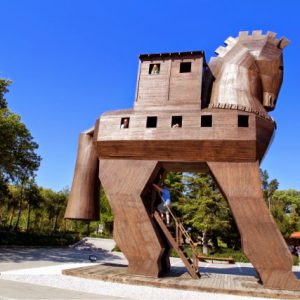

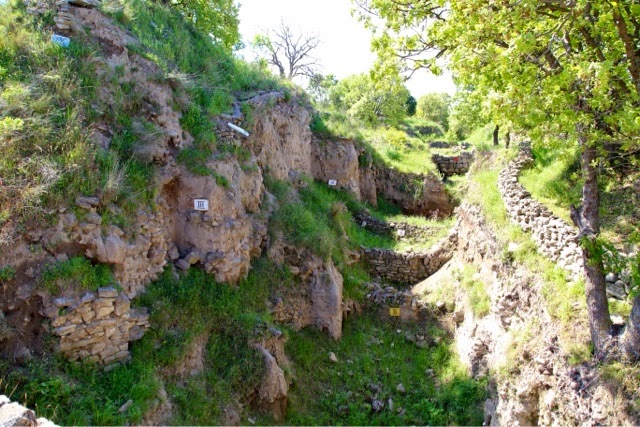
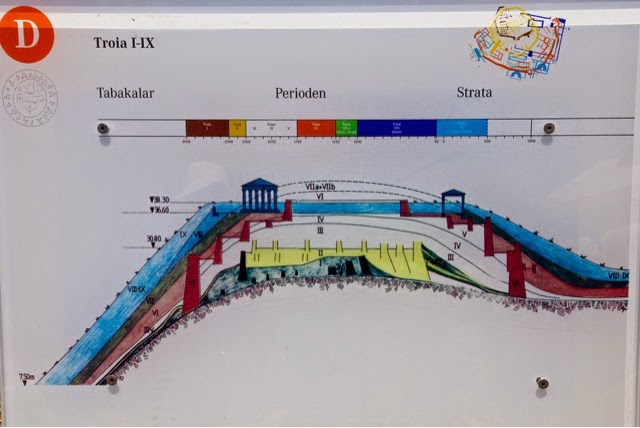
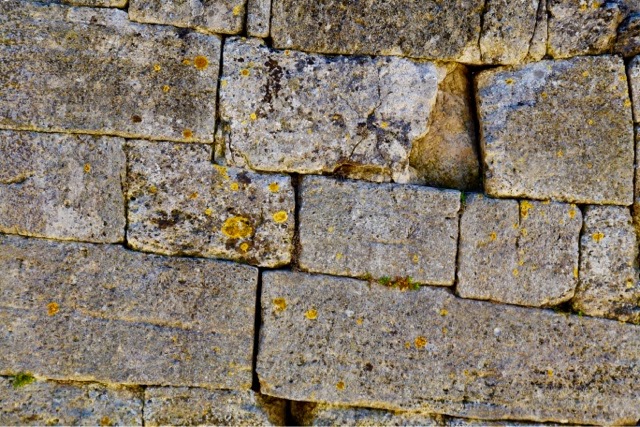
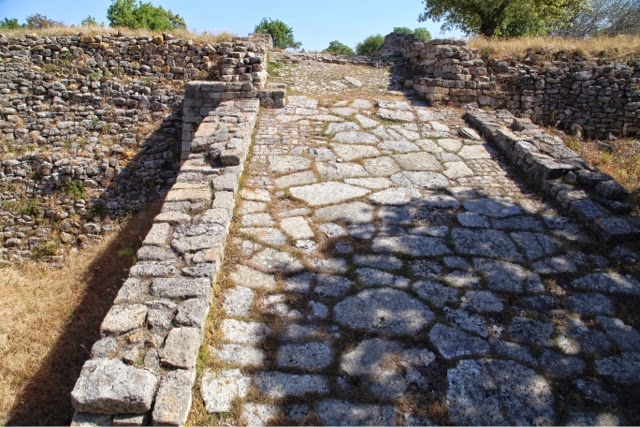
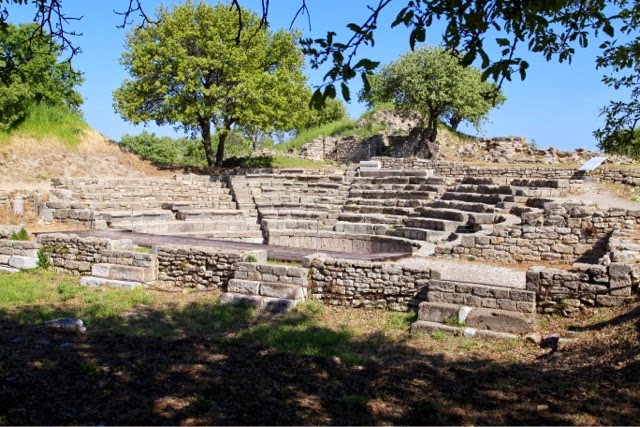
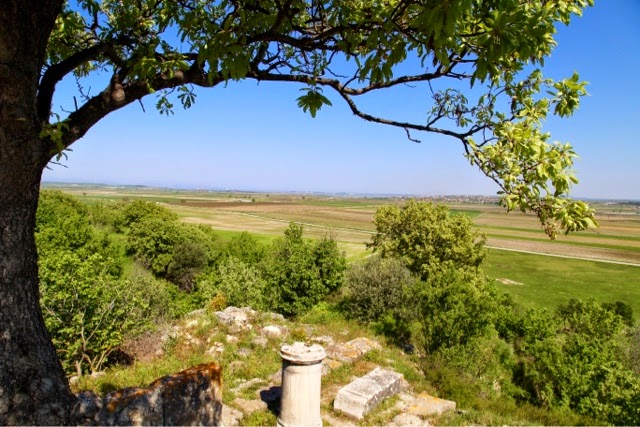
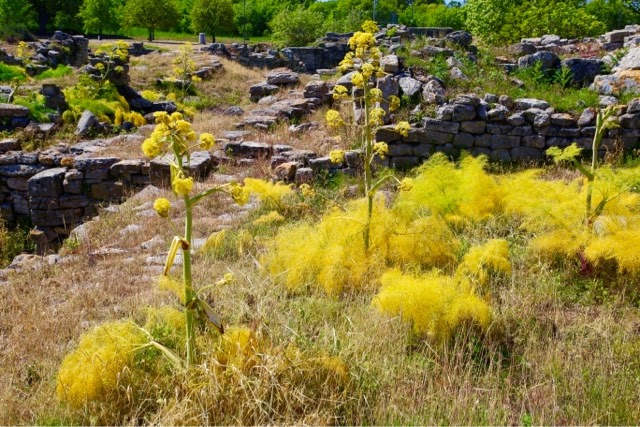
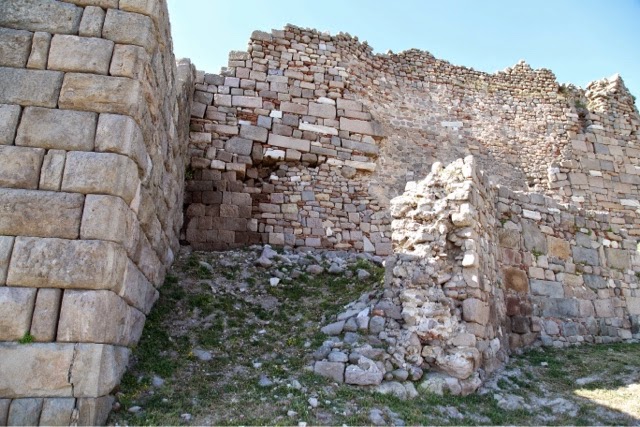
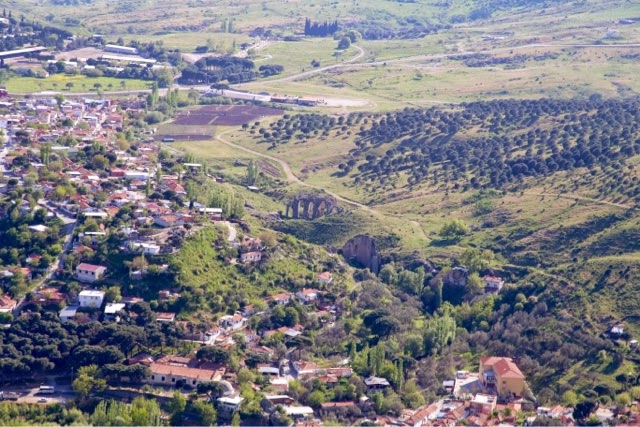
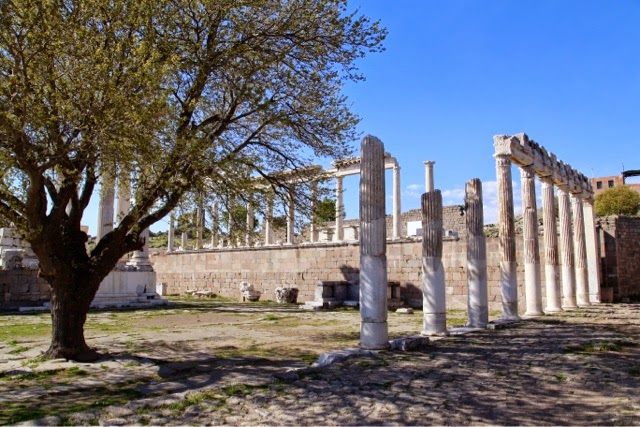
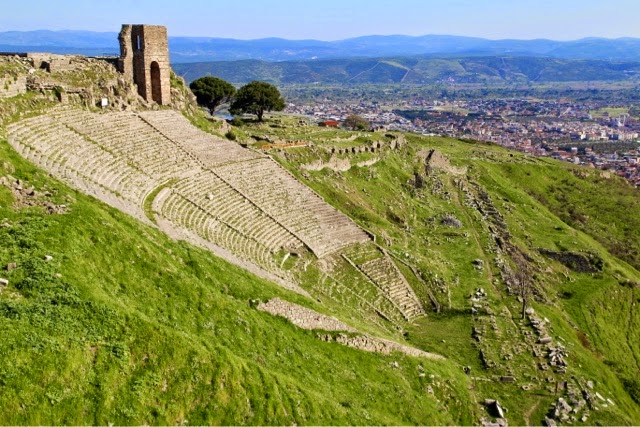
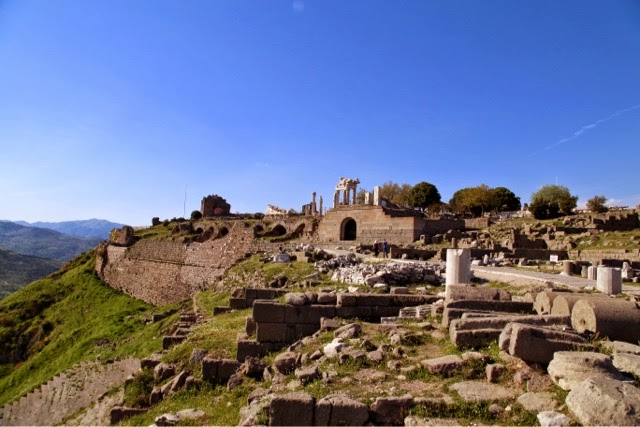
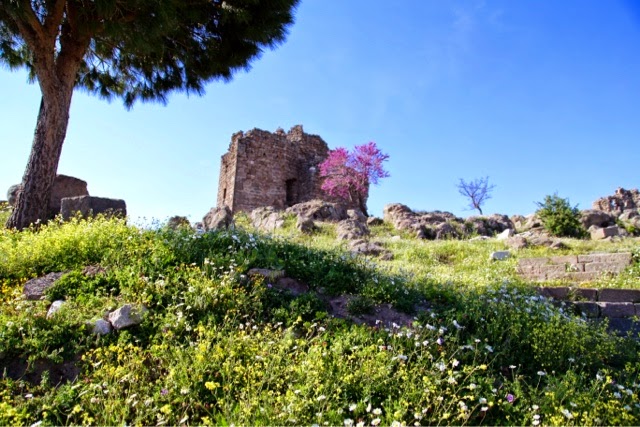
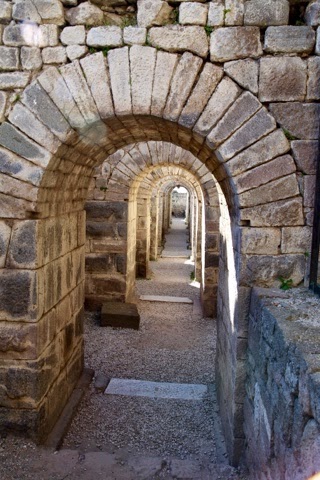
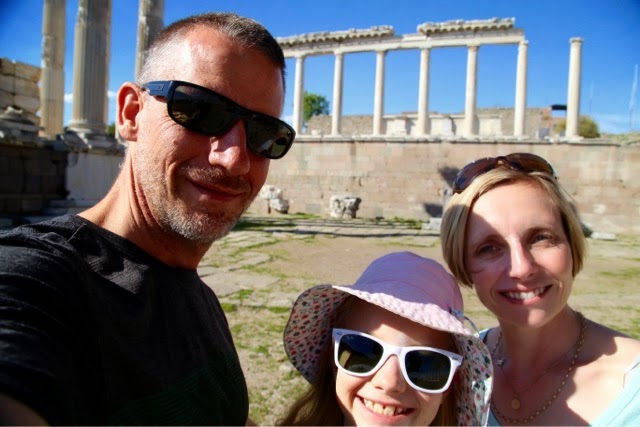
Comments are closed